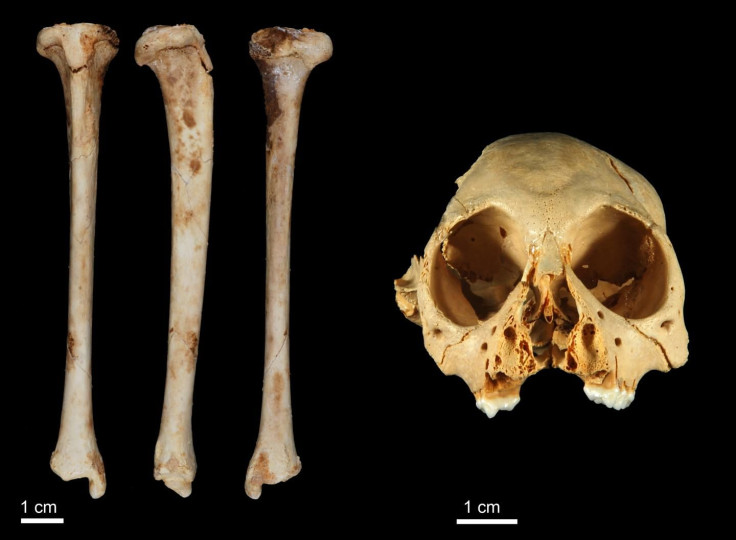An underwater cave yields the 1.3 million-year-old fossils of Hispaniola monkey

A team of archaeologists has discovered the fossilised remains of a monkey from an underwater cave in Altagracia Province, Dominican Republic. The team has dated the species to be more than one million years old.
The discovery was made by an international team of researchers, including a professor and an alumni of the Grand Valley State University, or GVSU. The team recovered a fossil of the shin bone or tibia of the now extinct species of monkey called Antillothrix bernensis. The monkeys from this species were about the size of a cat and lived up in the trees, eating leaves and fruits.
"We know that there is a diverse extinct fauna on the Caribbean Islands, but dating the material has been difficult," said researcher and discoverer Melissa Tallman, in a press release.
"Antillothrix bernensis is one of two species of extinct primate on Hispaniola. Previously discovered primate material has all been dated to within the last 10,000 years. This new material is morphologically consistent with the previously collected material, but is dated to 1.3 million years ago," Tallman said.
The researchers used the Uranium-series technique to date the fossils, which were found embedded in a limestone rock recovered from the underground cave. Uranium is known to be trapped in the limestone rock during its formation, and it decays slowly over a period of time.
By analysing the amount or uranium, lead and thorium left in the rock, the researchers figured out the age of the rock. The already known rate at which uranium decomposition takes place helped speed up the calculation.
Next, the researchers used the three-dimensional geometric morphometrics to confirm that the fossils belong to Antillothrix bernensis. The researchers found that the Antillothrix species remained stable over a period of time, unlike a majority of other long-lived species recovered from the area.
No significant shift in morphology was observed, at least in the tibia. The researchers thus concluded that members of the species adapted to the environment so well to be able to survive for over a million years.
Contact the writer at feedback@ibtimes.com.au, or let us know what you think below.






